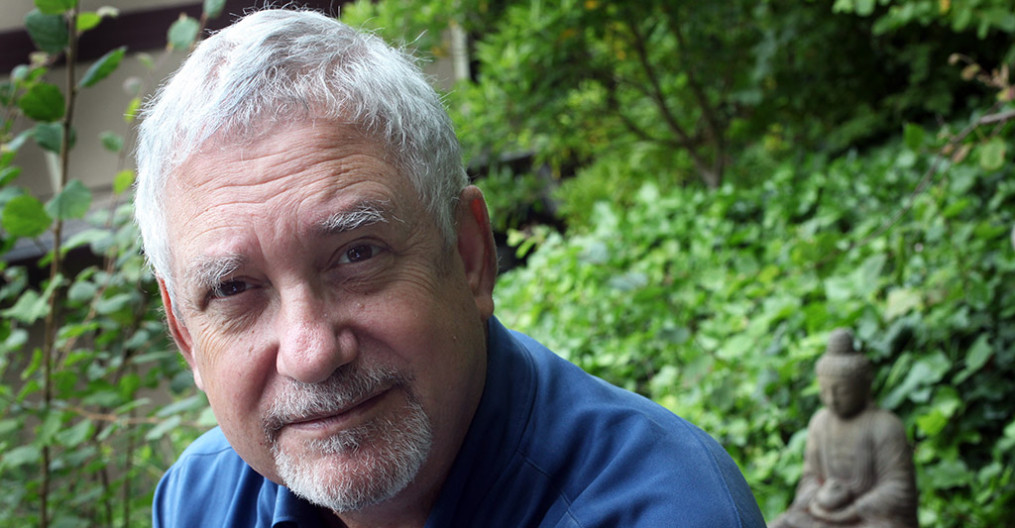I have been thinking for some time about the topic of aging, and how that relates to Buddhism and Buddhist practice. The essence and starting point of all Buddhist teaching is the fact of impermanence, or continuous change. Once Suzuki Roshi was asked to say one thing about Buddhism that was simple and understandable, and he replied, “Everything changes.”
 I think we could also say, “Everything ages.”
I think we could also say, “Everything ages.”
Aging ceases to be an abstraction when it starts to happen to us. It’s like the old Woody Allen joke: “I don’t mind dying, I just don’t want to be there when it happens to me.” Aging is actually a continuous fact of human existence, and begins at the moment of birth, but it’s when we actually start to notice it in our own bodies, minds, and careers, in the illnesses and deaths of friends, in the fading away of youth’s opportunities and the narrowing of possible futures, that aging comes home to us. It is connected to what used to be called “mid-life crisis.” This crisis is not necessarily a specific age; it could begin happening as early as forty, or not until one’s sixties.
The traditional life story of the Buddha contains an important teaching about aging. As the legend has it, when prince Gautama was born, a sage predicted that he would either become a great king or a great spiritual teacher. Gautama’s father, the king, was determined that it would not be the latter, and ordered that the young prince be protected from all difficulty and unpleasantness in life. He was surrounded only by the young and beautiful; his every want and whim was instantly fulfilled.
When he grew older, Gautama became curious about life outside the palace, and one day crept secretly out of the palace into the surrounding town to see for himself how other people lived. What he saw that day are called the “Four Sightings” in Buddhist tradition, and the first of them occurred when Gautama saw an old man—his face wrinkled, his body bent, his countenance wracked with illness. (The other “sightings” are an ill man, a corpse, and a monk.)
From a modern psychological perspective, this fairy tale functions as a universal story of the loss of childhood innocence. Of course we see old people from an early age—grandparents, older friends of our parents, and so on. But at what point do we really see them, in a way that penetrates to our heart? Like Gautama, only when our eyes are truly open to it.
I call this moment of awakening “Aging as a Spiritual Practice,” and that and related topics will be the subject of this blog going forward. The spiritual practice of aging is really none other than the practice of coming to terms with radical impermanence, and turning the sorrows of that insight into the joy and contentment of living in and on each moment.












